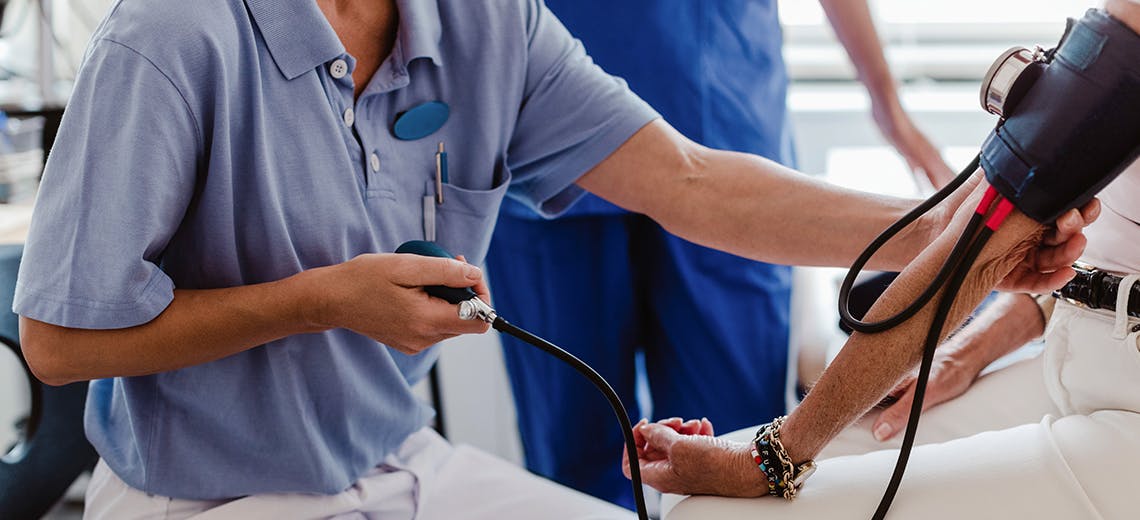Donating Plasma
Whether you're curious about the donation process or are a first-time donor preparing for your visit, we're glad you're here. Here's everything you need to know about donating plasma.
Let's start with the facts. Your body contains a substance called plasma, which is the main component of your blood.
Plasma is made of about 90% water and 10% proteins and your body regenerates it every 24 hours.
The protein components of the plasma are used to make life-saving medicine.
Did you know? A plasma donor can earn up to $4,000 a year at Parachute. All it takes is about an hour of your time to help others in critical need. Plus, you'll leave with extra money in your pocket. Now, let's talk about the plasma donation process and just how essential plasma is in treating chronic illnesses.
The Plasma Donation Process
Getting Started
Our app ensures that your donation experience is convenient, consistent, and easy. We promise to never keep you waiting. Download the app, create a profile, and book a donation in just a few taps.
At your first visit, you'll get registered, receive your card, and fill out a health questionnaire. Afterward, you'll receive a vitals check and a quick physical to ensure you're feeling well before donating.
During the Donation
After you check in and get settled, a phlebotomist will greet you and start your donation. You'll simply sit back as the plasmapheresis machine does the rest. The machine gently collects your plasma, while your red blood cells, platelets, and other blood components are safely returned back to your body.
The donation takes about an hour and the biggest decision you'll have to make is what to read or watch while relaxing on your bed.
Afterwards
After your donation, we encourage you to drink plenty of water, eat a high-protein meal, and avoid strenuous activity.
Don't forget to schedule your next visit using the in-app calendar. You can donate twice within a seven-day period, as long as you allow for a day in-between.

What Happens to My Donation?
You may wonder what happens to your plasma after the donation. Post-donation, your plasma is frozen to preserve its quality, tested, and then transferred to a fractionation facility. During fractionation, the plasma proteins are carefully extracted from the source plasma and turned into medicine for patient populations who need it the most.
Parachute is an independent plasma collection company—we don't oversee fractionation or therapeutics—we handle the first stage of the process: the donation. You can read about our mission here.
What Are Plasma Proteins and How Are They Used?
To understand why plasma is a life-saving treatment for many, let's do a deep dive into the proteins recovered from the fractionation process. Plasma contains an array of proteins that are essential for optimal health. Meet the three most common protein types:
Albumin is the most abundant plasma protein. It works to maintain blood pressure and transport lipids and hormones throughout the body. It's used to help people who have lost blood due to physical trauma or surgery and to treat severe infections and liver disease.
There are three types of globulin: alpha, beta, and gamma.
We'll focus on gamma globulins, better known as immunoglobulins, which are a type of antibody that activate the immune system to protect from illness. Once you've developed an antibody to a particular infection, your white blood cells can more easily produce antibodies that may prevent future infections.
Immunoglobulin can be made into treatments like intravenous immunoglobulin therapy (IVIg) and subcutaneous immunoglobulin therapy (SCIg), which help individuals diagnosed with primary and secondary immune disorders.
Fibrinogen is essential for blood clotting during an injury. Though there are many clotting factors that help control bleeding, fibrinogen helps to form the sturdy fiber-like structure that makes clotting possible.
There are twenty different coagulation, or blood clotting factors in your blood; however, those with diseases like hemophilia and Von Willebrand disease are missing some of these factors and rely on regular blood plasma infusions.
What Do Plasma Donations Treat?
Primary Immunodeficiency Diseases
The largest class of diseases that plasma treats are immune-related disorders. There are hundreds of primary immunodeficiency diseases (PIDDs), and plasma therapy is the leading treatment. Individuals living with a PIDD are more susceptible to infections and autoimmune disorders and may endure associated chronic health problems.
That's where plasma comes in. Plasma infuses natural disease and germ-fighting proteins back into the body. A single PIDD patient needs about 130 donations every year, according to the Plasma Protein Therapeutics Association (PPTA).
Alpha-1 Antitrypsin Deficiency
Alpha-1 Antitrypsin Deficiency is a genetic disorder that puts someone at elevated risk for lung and liver disease. Your plasma donation can help these patients replace the proteins that their bodies can't produce, so they can breathe easily and live more comfortably.
The PPTA found that a single patient with this condition needs about 900 donations each year.
Bleeding Disorders
Doctors frequently use plasma protein therapies to treat patients with bleeding disorders like hemophilia and Von Willebrand disease. People with these conditions need plasma because they have low levels of clotting factors, which are needed to prevent excessive, often fatal, bleeding.
Plasma infusions help reduce the likelihood of excessive bleeding. To put it into perspective, one hemophilia patient requires about 1,200 plasma donations every year just to lead a healthy life.
These are just a few examples of illnesses where plasma derived therapies come into play. Plasma derived therapies can also help those with other rare life-threatening medical conditions including Guillain-Barré syndrome (GBS), myasthenia gravis, renal diseases, and chronic lung diseases. Currently, there are active clinical trials using plasma protein therapies to treat Alzheimer's and convalescent plasma from recovered COVID 19 patients to treat COVID 19 symptoms.

How Much Can I Earn Donating?
At Parachute, we believe in earning with purpose because that's what donating plasma is all about. You earn some extra money and your donation is used to make life-saving medicine for someone who relies on it. Ready to get started? Learn about how much you can earn as a donor or take our 30-second assessment.
